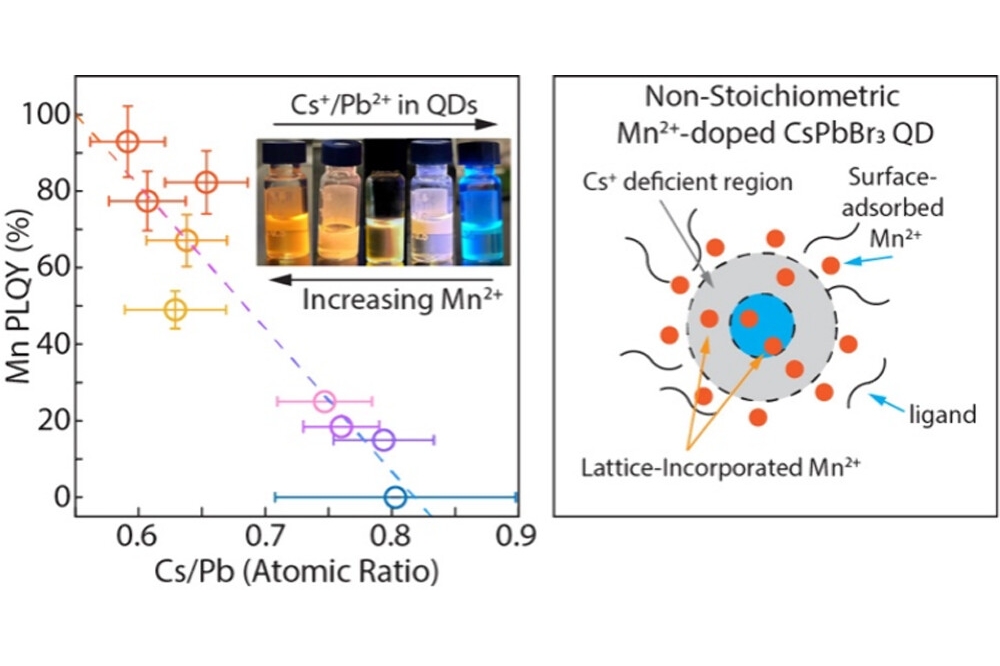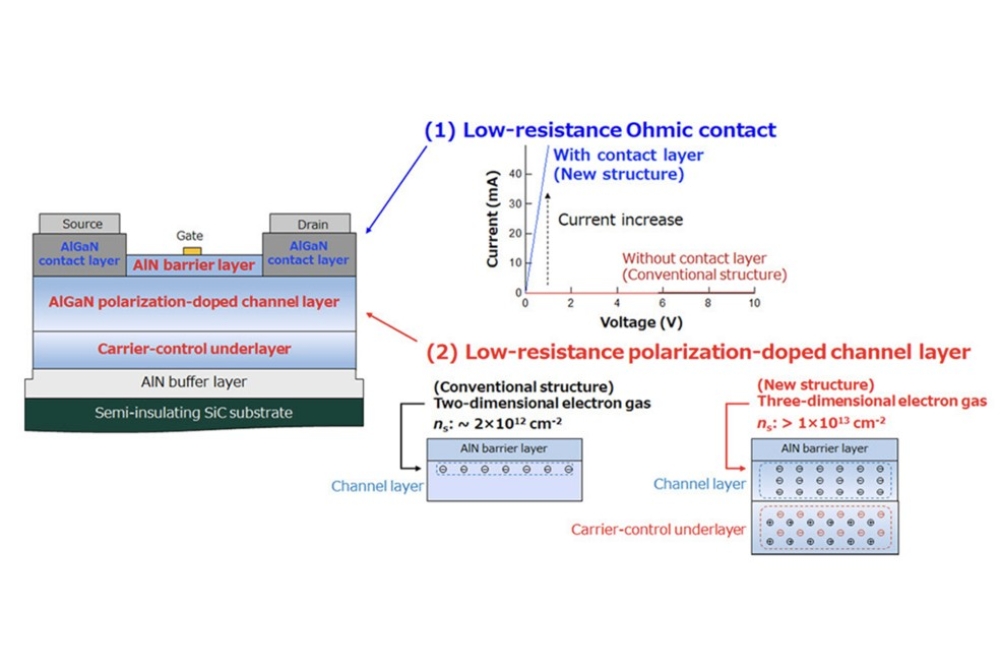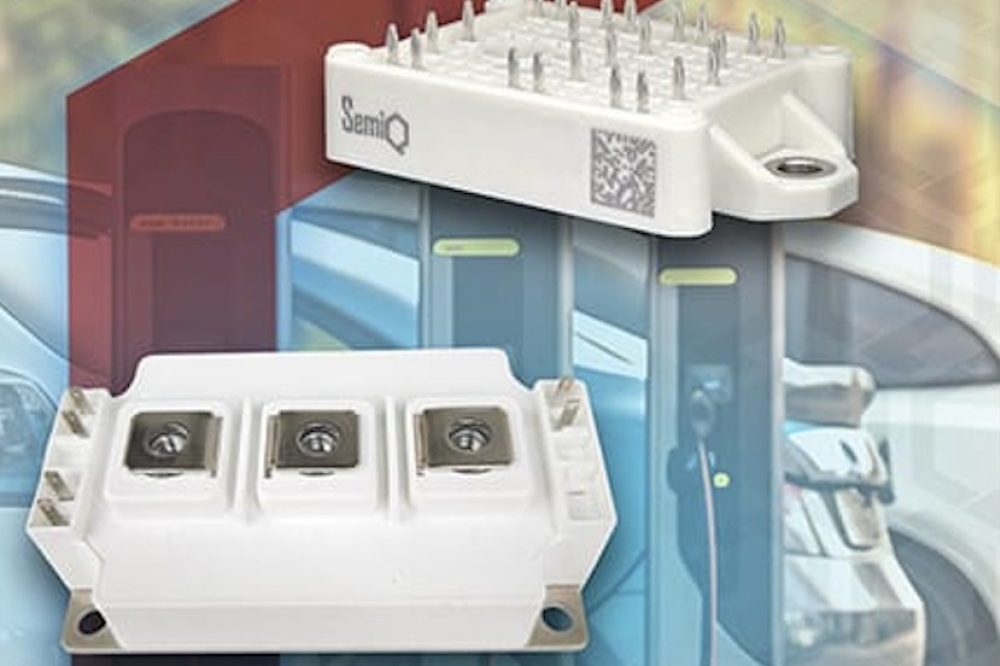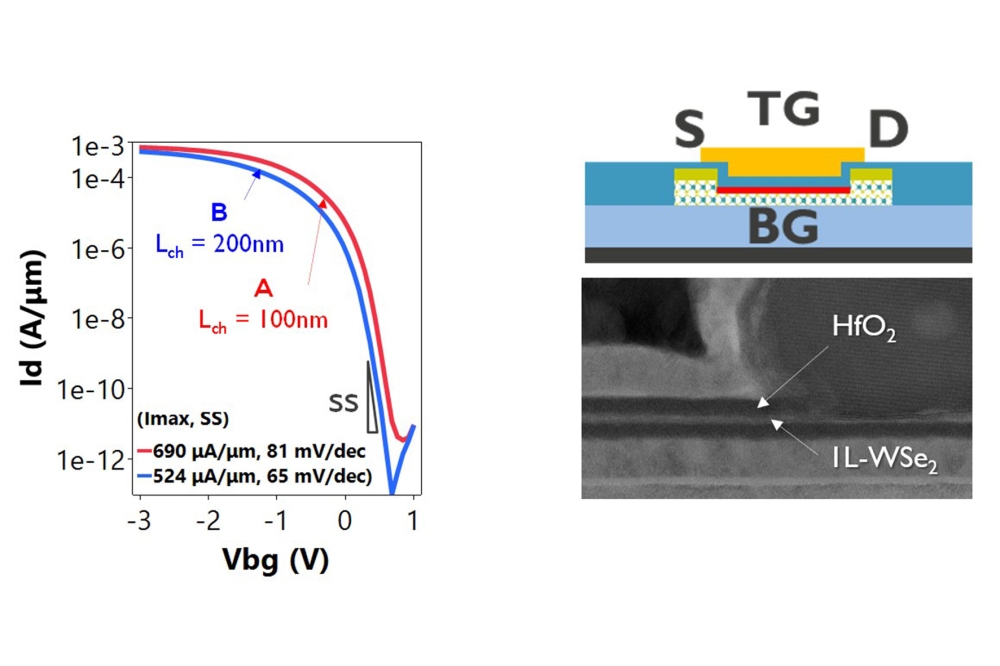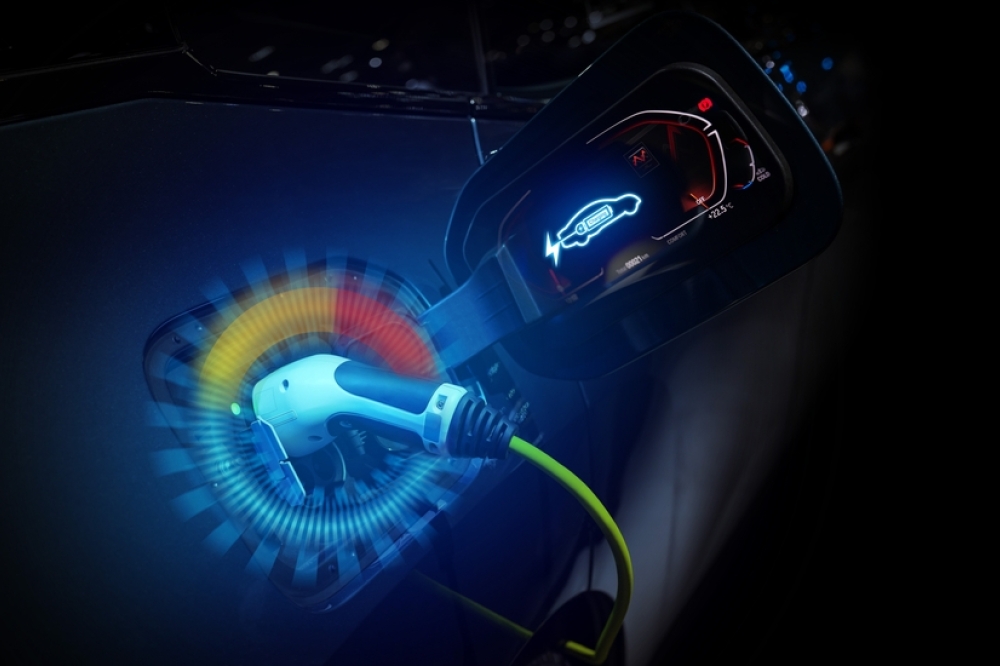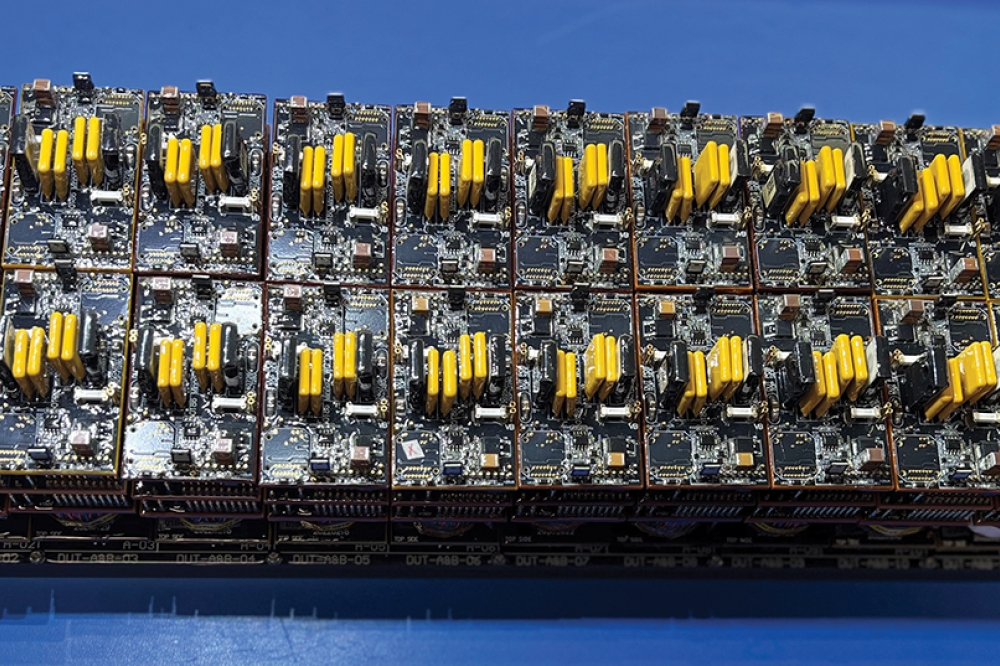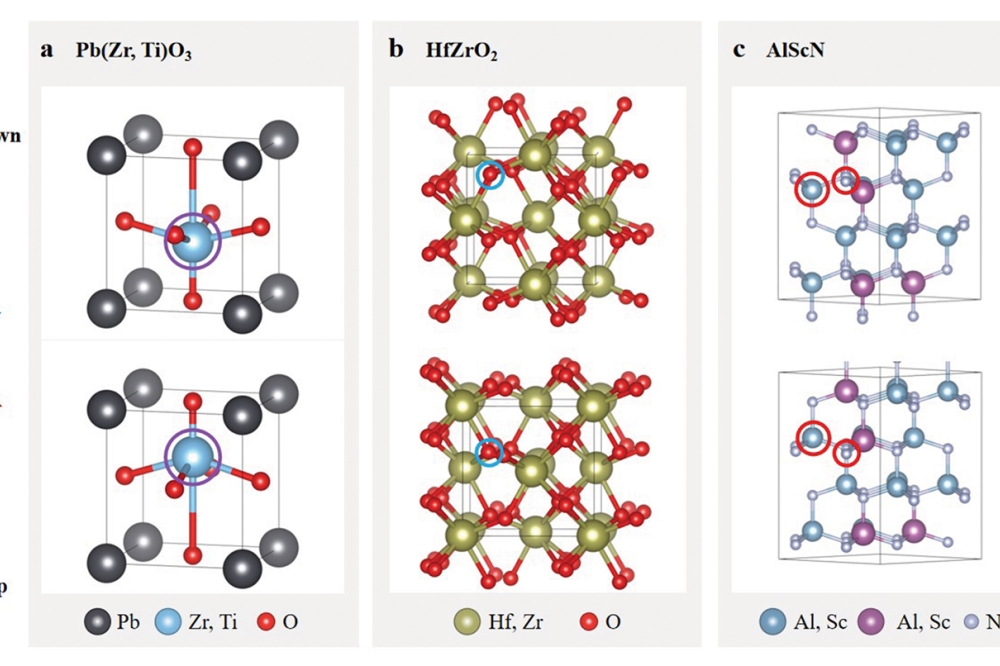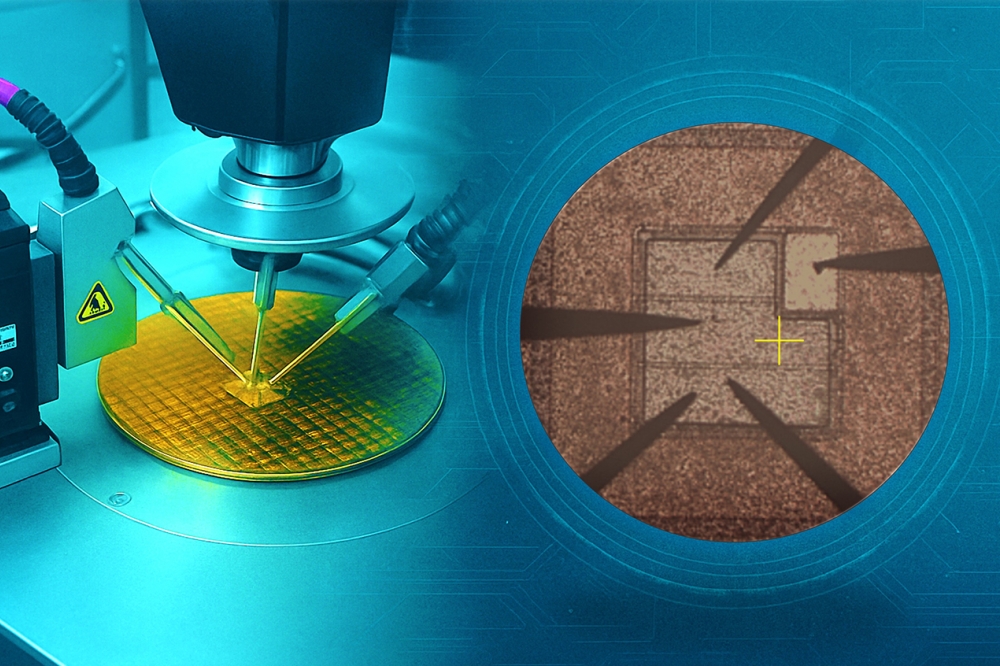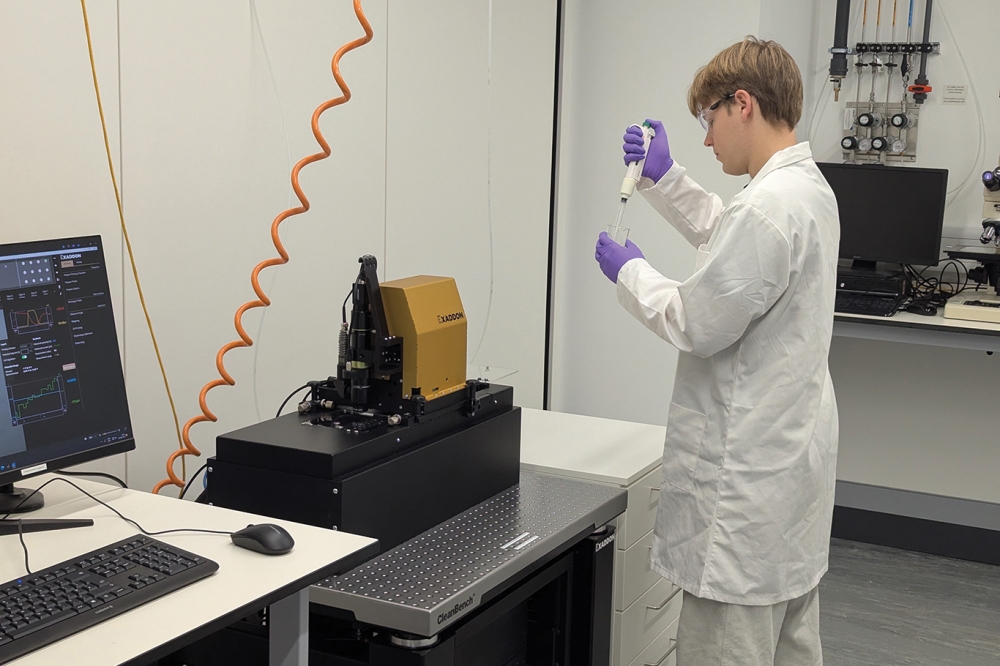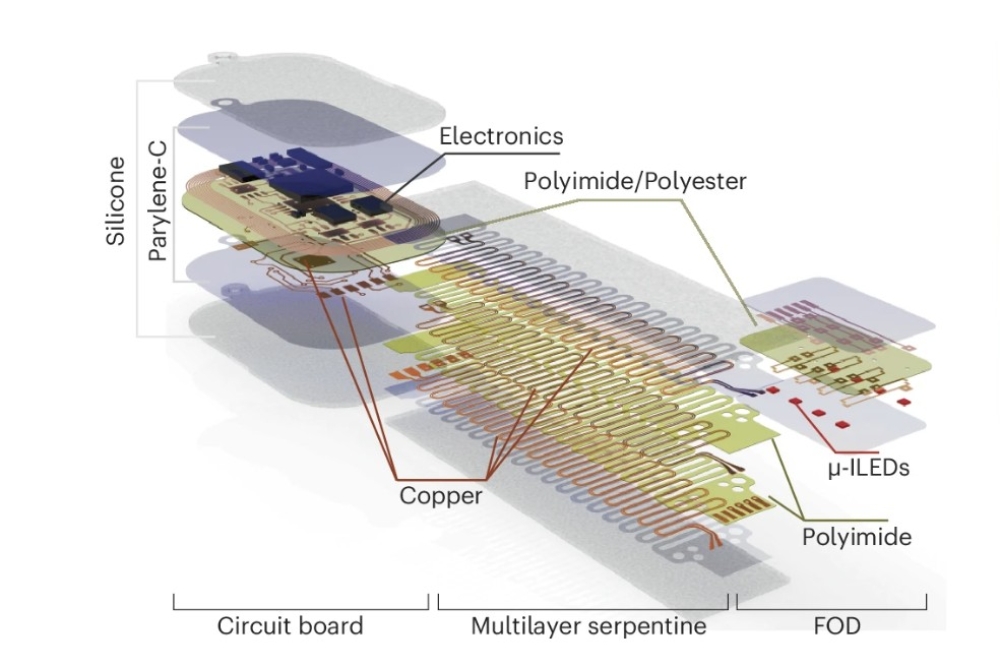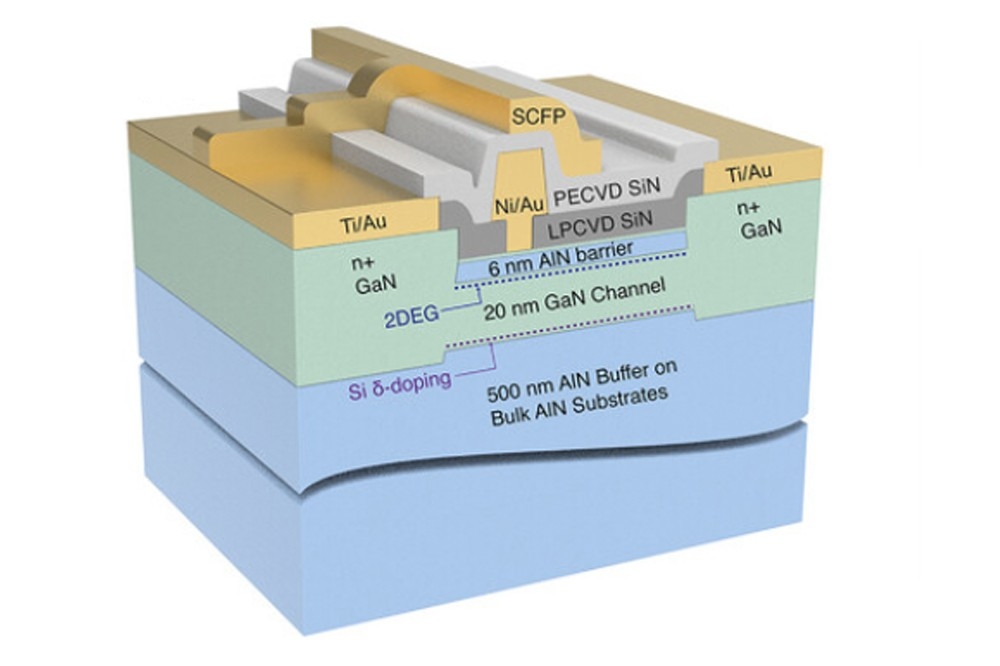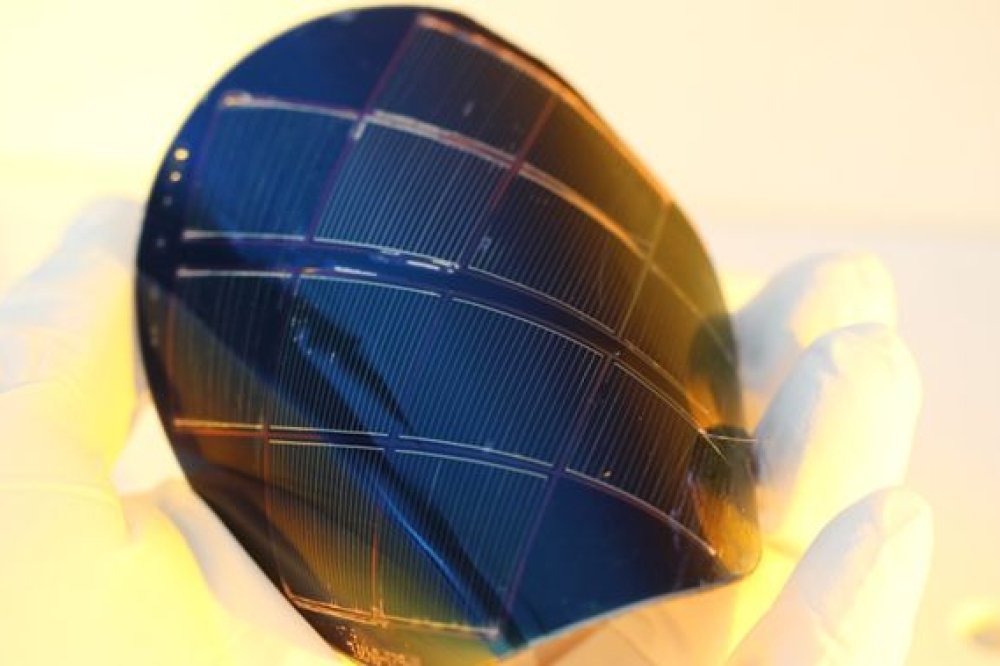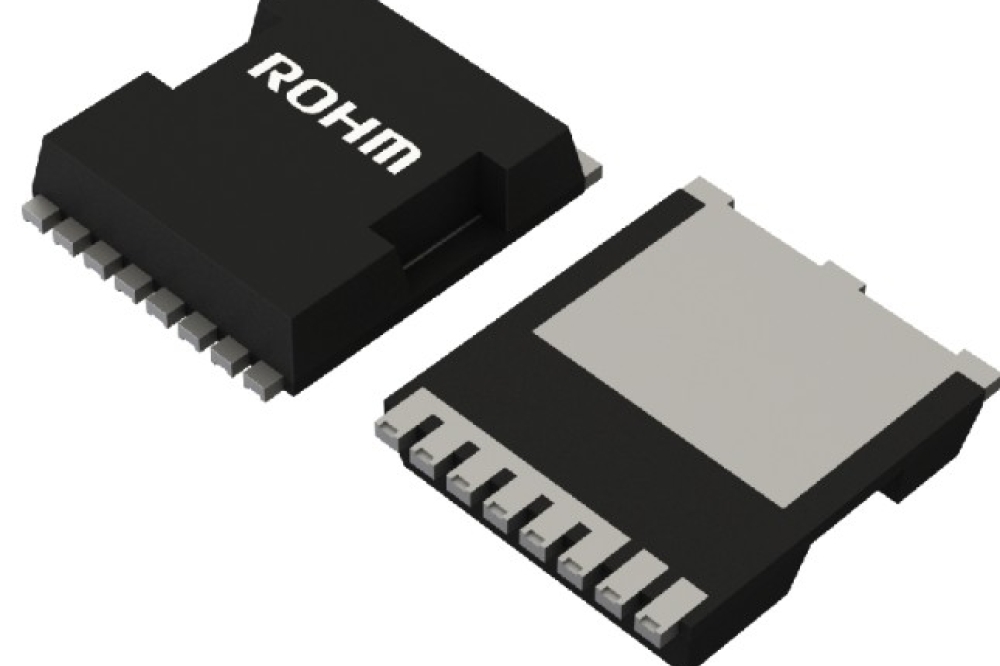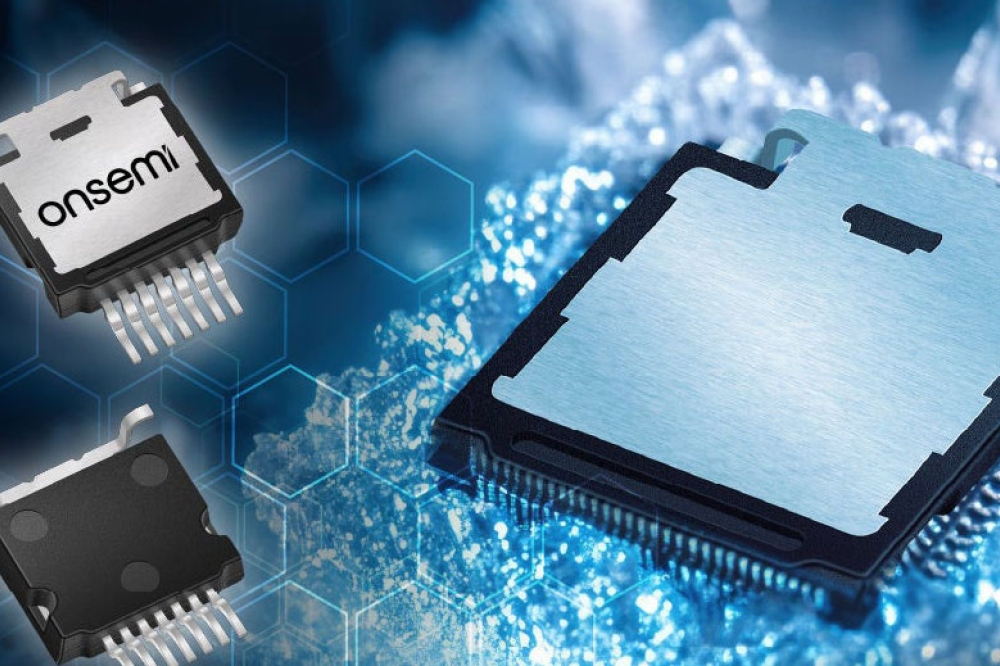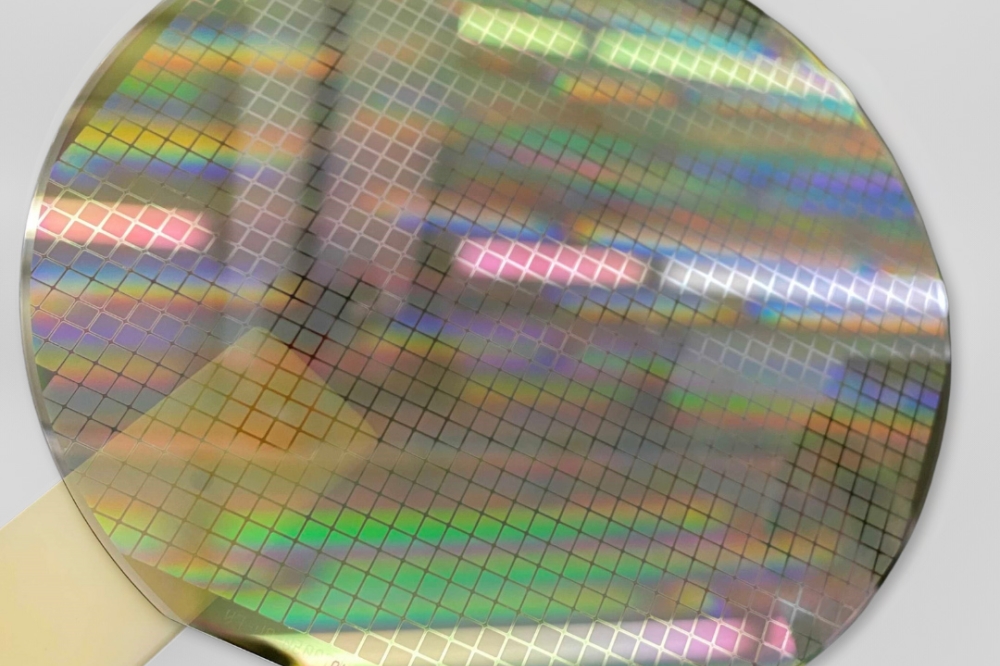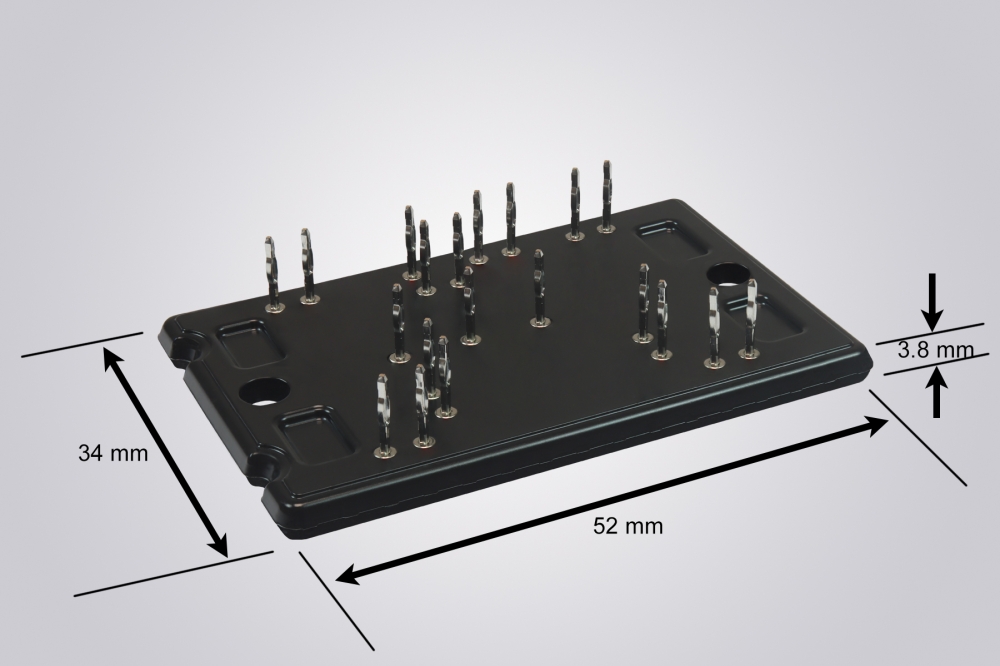IR:6 technology: balancing range and image quality,

Ams Osram has announced IR:6, a new IR LED architecture with 920nm technology that is said to ensure an optimised balance between range and image quality, enabling IR cameras to capture finer contrasts and details, reduce unwanted reflections, and improve the reliability of security and identification systems.
According to the company, the stack technology places two P/N junctions in series within one chip to achieve an optical output power increase of almost 180 percent compared to a single stack chip. Although the operating voltage of stacked LEDs is higher, they come with several advantages: space saving and lower system cost due to fewer components, higher radiant flux and output power, and the ability to illuminate greater distances.
IR LEDs in the company's portfolio typically have several generations of thin-film chips inside, steadily increasing performance. Radiation is generated within a film of 10μm thickness, improving efficiency due to reduced absorption behaviour. Backwards emitted light is reflected by a metal mirror layer, and improved extraction of radiation is achieved as the angles of internal reflection are randomised by a textured surface. Due to these benefits, a thin-film emitter has roughly 300 percent higher emission as compared to a standard volume emitter.
IR:6 technology includes material improvements to this. A new internal reflector reduces optical losses in the die while increasing radiant intensity. Improved roughening of the chip’s surface optimises decoupling efficiency, resulting in the narrower distribution of light output. Additionally, the design of the new n contact (bond pad) is more centred on the chip surface, resulting in the better spread of electric current across the device and producing a lower forward voltage.
Ams Osram says the technology will enable wearables and health tracking devices to deliver more accurate measurements, improving health monitoring and fitness tracking and supporting vein and fingerprint recognition, 2D facial recognition, high-power eye tracking, and augmented reality.
For industrial applications, like robotics and automation, improved infrared technology enhances object detection, which is essential for smart manufacturing and autonomous systems, leading to more efficient and reliable operations. IR:6 will also be beneficial in robotics, machine vision, traffic control, and automated number plate recognition. Meanwhile, the automotive industry will benefit from enhanced driver assistance and night vision cameras, ensuring clear visibility even in darkness, thus enhancing driver safety.





